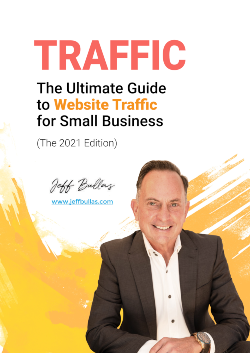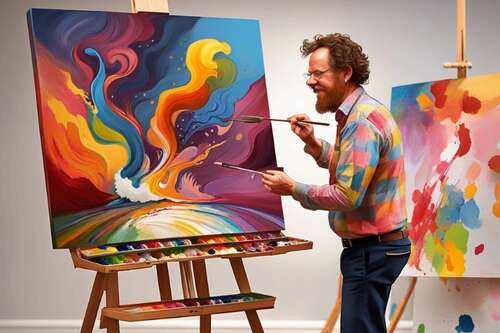
The Beatles performed live in Germany over 1,200 times from 1960 to 1964, amassing more than 10,000 hours of playing time. So they practiced while they got paid.
Try this new AI-powered tool:
- Rolemodel.AI platform empowers users to design and personalize their own AI assistant, with a focus on personal growth and productivity.
Bill Gates implemented the 10,000-Hour Rule when he gained access to a high school computer in 1968 at the age of 13, and spent 10,000+ hours practicing programming on it. Success followed.
Both of these were creative ventures. One was the world of music and the other in the field of computing and entrepreneurship.
10,000 hours – Is that the time needed for creative success?
The “10,000-hour rule” is a concept popularized by Malcolm Gladwell in his book “Outliers: The Story of Success” published in 2008. This rule suggests that it takes approximately 10,000 hours of deliberate practice to achieve expertise or mastery in a particular field or skill.
Gladwell’s book examined the factors that contribute to exceptional success and argued that a significant amount of practice is a key element.
It’s important to note that the idea of the “10,000-hour rule” was not based on Gladwell’s original research but rather on the work of psychologist K. Anders Ericsson and his colleagues, particularly the research on expert performance.
Ericsson’s research explored the factors that contribute to individuals becoming experts in their fields, such as music, sports, chess, and medicine.
His research was about the importance of deliberate practice and not just innate ability in creativity and achieving success.
The 4 stages to achieve mastery
Achieving creative success starts with being incompetent. That is where we all have to start.
The real freedom to reach your creative pinnacle is when you move through the steps and the hours of practice needed to reach the final stage of subconscious competence.
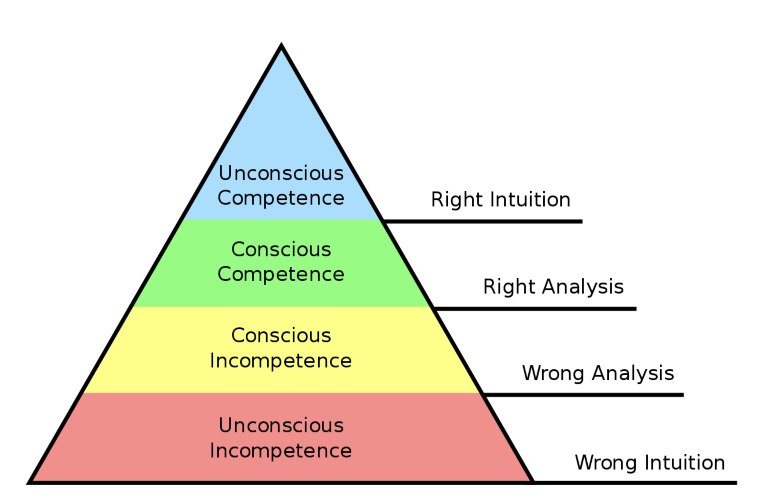
Source: The Mind Collection
At this level the skill and expertise is so embedded that you have the freedom and flow as intuition enters into the process to be much more creative.
Creativity is not just for a genius
Creativity is often seen to have been bestowed only on the gifted. Or it just belongs to the genius. We hear about Picasso, Einstein and many famous creative geniuses and we feel we’re not worthy.
The reality is that we were all born with it. It just comes in varying degrees.
Sometimes it gets buried in conformity. Normality.
Psychologists often hear the patient say “I just want to be happy and normal”.
Normal is not where you want to be because we are all unique. Creativity is in our nature. But it needs to be nurtured. Time needs to be invested.
So creativity has another dimension.
Practice.
So what is creativity?
The word comes from the Latin word “creare”. Which means “To cause to grow. To bring forth or produce”.
Creativity needs certain elements to make a difference in the world.
- Creativity needs to be manifested to change the world and change you.
- Creativity is a spark that needs to find an outlet.
- Creativity is the spark to growth.
Creativity is not limited to a select group of individuals; it is a capacity that exists in varying degrees within all people. While some individuals may naturally exhibit higher levels of creativity, it can also be nurtured, developed, and enhanced through practice, education, and exposure to different experiences and ideas.
Cultivating creativity can lead to breakthroughs in various fields and contribute to personal and societal growth and innovation.
Creativity is messy
Creativity is also messy as it arises at the intersection of many sources.
It is a complex and multifaceted mental process that involves the generation of novel and valuable ideas, solutions, or expressions.
It is the ability to think, imagine, and create in ways that are not immediately obvious or apparent. It is often new combinations of the ordinary put together in unique ways.
Creativity encompasses a wide range of activities and domains, including art, science, literature, music, problem-solving, innovation and much more.
The start of the creative process feels like an overwhelming cloud of fuzziness. It is messy and overwhelming but as you out one foot after the other the mist slowly dissipates and the horizon becomes clearer.
Complexity is distilled into simplicity. We synthesize the noise into a structure and a story that we understand. We start with confusion and keep moving forward until we have a clear fusion of multiple ideas into a coherent whole.
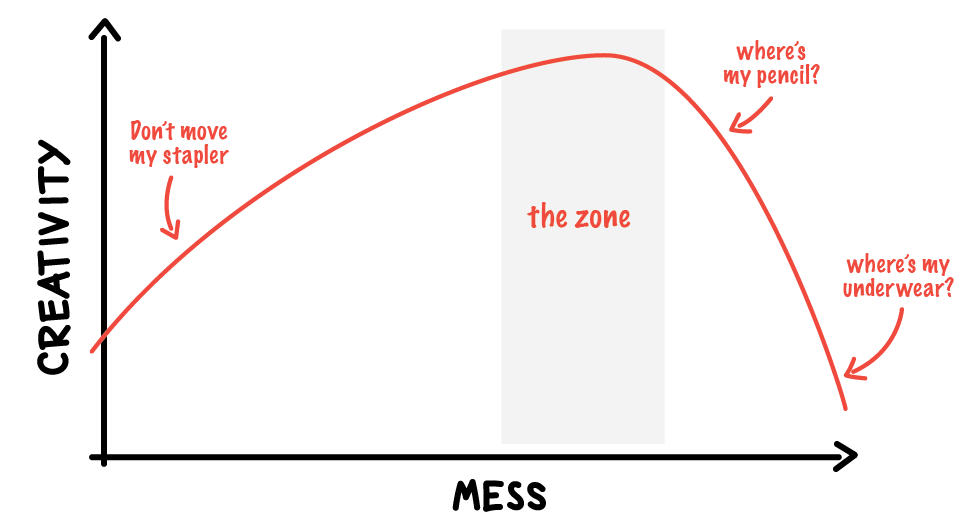
7 Steps to amplify your creativity
Many of us have a passion and curiosity about what interests us. We not only need to embrace what we love doing but to succeed we need to “fall in love with the process”.
We need to lean into the daily practice and ritual of creation. Creativity is hackable and available to everyone.
Here are the 7 steps for cracking the creativity code.
- Preparation
- Incubation
- Illumination
- Production
- Verification
- Presentation and Public Validation
- Reflection and Iteration
Going deeper
Let’s delve deeper into these seven steps.
Step 1: Preparation
Creative inspiration doesn’t arise from a vacuum and the first step is immersing yourself in your subject matter, researching your creative category and what surrounds it.
Preparation also involves identifying constraints, limitations, and available resources.
This stage is essential because it provides the raw materials and context necessary for the creative mind to start working on.
Step 2: Incubation
After the “Preparation” stage, individuals often encounter a period of incubation, during which they step away from the problem or project consciously.
Incubation can be a passive or subconscious phase where the mind continues to process the gathered information and ideas.
During this stage, the brain works on connecting seemingly unrelated pieces of information and allows for the emergence of new insights and connections.
Incubation might involve taking a break, engaging in unrelated activities, or simply giving the mind time to rest and wander.
It is often in this stage that the subconscious mind works its magic, leading to “aha moments” and unexpected solutions.
Step 3: Illumination
The Illumination stage is when the creative breakthrough occurs. It’s the moment when a novel idea or solution suddenly comes to the forefront of the individual’s consciousness.
This stage can be marked by a sudden burst of inspiration, a creative insight, or a “Eureka!” moment.
It often feels like a shift from confusion to clarity, as the individual sees connections or possibilities they hadn’t seen before.
Illumination can be triggered by the subconscious processing that occurred during the Incubation stage.
It’s essential to capture these moments when they happen, as they are often fleeting and can lead to significant creative progress.
Step 4: Verification
The verification stage is where the creative idea or solution is evaluated, refined, and tested for its viability and effectiveness. After a test production, the creative output is often presented to an audience or stakeholders for feedback and evaluation. This stage may lead to further refinements or iterations based on the input received.
This stage involves critical thinking, analysis, and practical considerations.
Creatives must assess whether the illuminated idea aligns with the initial problem or goal and if it is a feasible and valuable solution.
If necessary, the idea may undergo further iterations and adjustments to enhance its practicality and relevance.
Verification ensures that the creative output meets the intended objectives and can be effectively implemented.
Step 5: Production
Once the creative idea has been verified and refined, it is translated into a concrete form.
This is the stage where the creative work is physically created, whether it’s writing a book, painting a picture, designing a product, or implementing a solution.
Step 6: Public validation
You can test your creativity in small audience samples but the real test comes when you share your creative art, product and production with the world.
Validation and affirmation that comes from this is important as it becomes a primary motivator.
Step 7: Reflection and iteration
Creatives often engage in reflection and iteration throughout the process and after the presentation and feedback stage. They will revisit their work, make improvements, and continue to refine their creative ideas.
These stages in the creative process do not always follow a linear or predictable sequence.
Creativity is a dynamic and messy process, and individuals may move back and forth between these stages as they work on their projects or tackle complex problems.
3 Examples of how people approach creativity
Creativity is a messy human endeavor that starts with an idea and finally is produced as a work of art, or an entrepreneurial business solution that solves a problem or meets a human need. Let’s take a look at the process of three famously creative people.
1: Thomas Edison – The Inventor’s Notebook
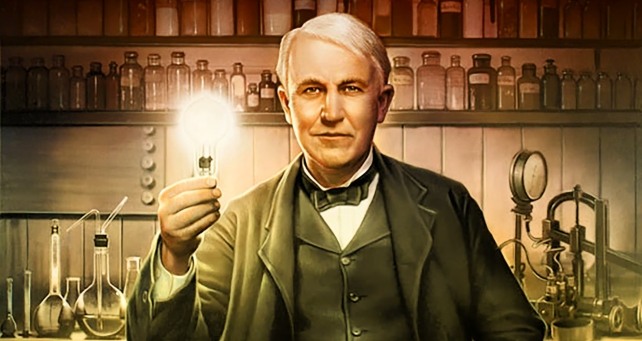
Thomas Edison was one of the most prolific inventors in history,
According to the library of congress. In his 84 years, he acquired an astounding 1,093 patents. Aside from being an inventor, Edison also managed to become a successful manufacturer and businessman, marketing his inventions to the public.
His 3 most famous inventions were the light bulb, the phonograph, and the motion picture camera.
He had a very systematic approach to incubating creative ideas. I would expect nothing less from a scientist.
- He kept a series of notebooks where he recorded his observations, ideas, and experiments. Edison’s notebooks served as a repository of his thoughts and observations.
- He would often return to these notebooks during periods of incubation. Edison’s process involved not only generating new ideas but also meticulously documenting and revisiting them, which played a crucial role in his innovative work, including the invention of the phonograph and the electric light bulb.
Also it was his attitude to failure that is one of his superpowers.
In the 1920s, a journalist asked Thomas Edison how it felt to fail 1000 times in his attempt to invent the incandescent lightbulb. He replied, “I didn’t fail 1000 times. The lightbulb was an invention with 1000 steps.”
2. J.K. Rowling – Walking and Daydreaming
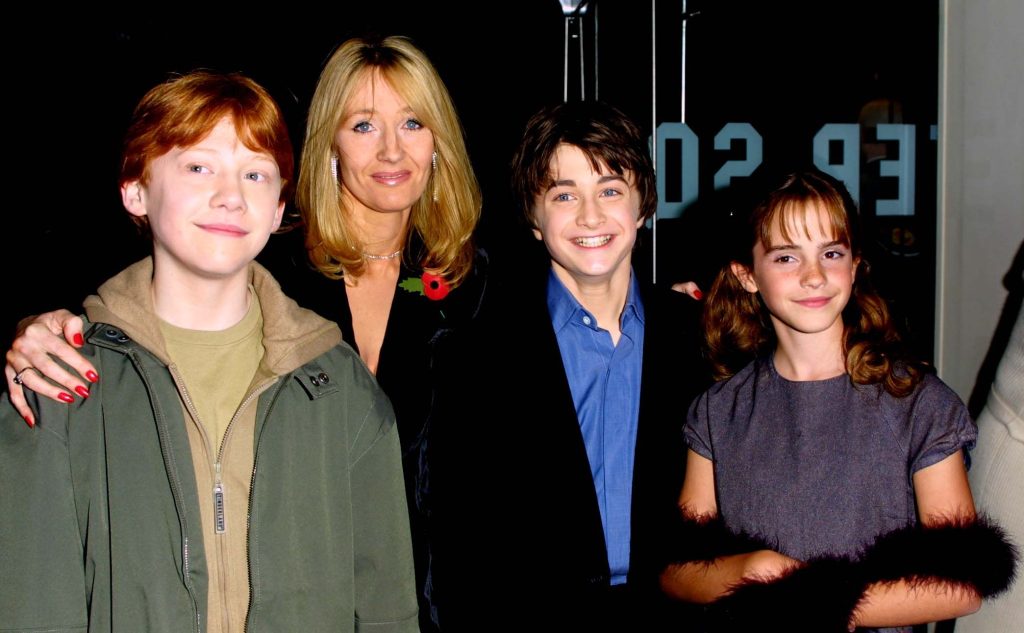
Being a writer, J.K. Rowling didn’t follow such a rigorous scientific approach.
J.K. Rowling is the author of the immensely popular Harry Potter series that has sold over 500 million copies. In 2019, Business Insider reported that Rowling’s book sales totaled more than $7.7 billion, while the Harry Potter movies grossed more than $9.58 billion.
She said she incubated creative ideas through long walks and daydreaming.
Rowling has mentioned that she used to take walks while pushing her baby daughter in a stroller. During these walks, she would let her mind wander and imagine various aspects of the Harry Potter universe, including characters, spells, and plotlines.
This process of relaxed, unstructured thinking allowed Rowling to let her creativity flow, and she often had breakthrough moments during these walks. She would then rush home to jot down her ideas.
But don’t forget that it was the daily practice of showing up every day to write that turned her imagination into a global success story.
3: Pablo Picasso – Periods of Intense Work and Rest
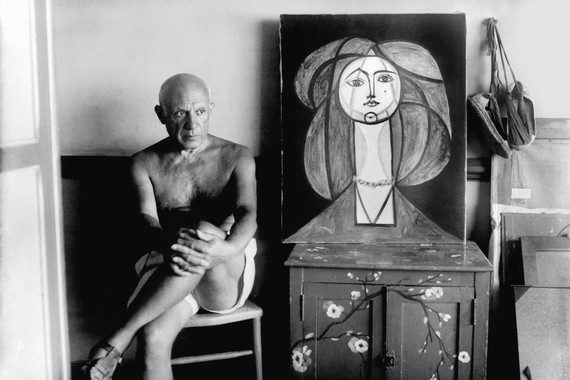
Pablo Picasso, the renowned Spanish painter and sculptor, had a unique approach to incubating creative ideas. He would go through intense periods of work and creative output, followed by periods of rest and reflection.
During his productive phases, Picasso would create a large number of artworks in a short span of time. However, he recognized the importance of stepping away from his work to allow new ideas to percolate.
Picasso’s “creative rest” periods involved engaging in other activities, traveling, or simply taking time off. This allowed him to return to his work with fresh perspectives and innovative ideas when he began his next creative phase.
These examples illustrate that the incubation of creative ideas can take various forms and is often a highly personalized process. It is important to find methods that work best for you to nurture and develop your ideas over time.
The big three obstacles to creativity
Despite the promise of fame and fortune that being a successful creative can bring there are some very human frailties that can stop us starting.
1. Fear of failure – Failure should not be seen as a problem but an opportunity. You attitude here is vital. See failure not as a negative but as a learning opportunity.
2. Self-criticism – Getting criticized by others is one thing and reality is that you cannot control other people’s opinions. But you can control your own mind and quieten the inner critic.
3. Lack of inspiration – Inspiration arises out of doing. The “doing” and simple action creates inspiration. Then it is time for the perspiration and leaning into the daily practice.
So be very aware that fear and doubt can create an imposter syndrome that will stop you from starting. Steven Pressfield called this “Resistance” in his book all artists and creators should read “The War of Art”
Techniques to Nurture and Boost Creativity
Create an enabling environment
A creative sacred space is a haven and a private corner or nook that is yours. It is set up to invoke creativity.
- It might be a room
- It might be the corner of a cafe
- Or it might be anywhere that gives you the freedom and privacy to create. A base, space or a station.
In her most recent book, Julia Cameron (who wrote “The Artists Way”), said that “she has 4 different “stations” at her home. Her creative nooks include a room, a window set, an uncomfortable sofa and an outside chair. J.K. Rowling discovered that it was a corner of a cafe in her home city of Edinburgh.
Create a corner or nook that is yours. Then play, experiment and find what works for you.
But sit down and start.
Embrace curiosity and exploration
Curiosity is an interesting word and it can’t be faked. I am not the least curious about how to do math or program a computer. Curiosity on your topics of passionate interest are another matter.
- Ask questions. These include “What am I really curious about?”
- Seek new experiences. Visit an art gallery, travel and push the edges of your comfort zones. Be prepared to be lonely.
- Hang out with people that are interesting.
Develop a creative routine
Creative routines are different for everyone. Some find inspiration on a walk. Others find it during meditation. It can be discovered in journaling.
But what is important is to start a habit. You might like to try:
- Committing to writing or painting 2 hours in the morning.
- Or writing until you have written 1,000 words. Or taken 10 photos.
- Block out some time in the evening after the kids have gone to bed.
There is no perfect formula. But set aside some dedicated time and commit to the practice of becoming a professional. And that means showing up every day.
Top tips
Don’t wait for inspiration to arrive. Creativity emerges in the doing.
But the paradox is that sometimes inspiration arrives in the stopping. The quietness of doing nothing. An empty mind that has room to breed, synchronicity to turn up and intuition to be displayed and brought forth .
Sitting down and starting is where the magic happens.
Want to be a writer? Write.
Want to be a graphic designer? Design.
Want to be a painter? Paint.
Creativity is a process. We not only need to fall in love with what we do, we also need to fall in love with the process.
Thomas Edison summed up the secret to creativity. “Genius is one percent inspiration, ninety-nine percent perspiration.”
